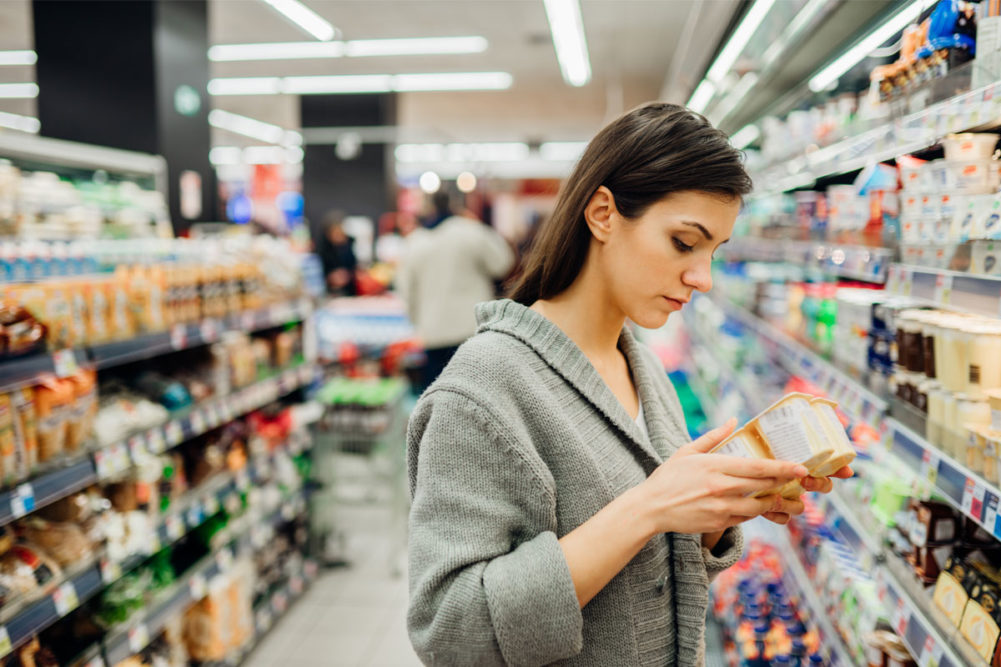KANSAS CITY — Rising prices propelled by record-setting inflation is shifting the consumer’s focus to being more value conscious as 2023 approaches. Adding uncertainty to the economic outlook are a host of macro issues, ranging from central banks around the world struggling to curb inflation, ongoing supply chain challenges, the war in Ukraine and what has remained a tight labor market.
The market research firm Innova Market Insights ranked value as its No. 1 trend heading into 2023, replacing sustainability as the top trend of 2022. Innova sees more consumers buying in bulk, shifting to private label products, reducing spending on luxury items and buying fewer items overall. A poll by Ipsos of more than 2,000 US consumers showed the changes already prompting action with 54% forgoing or limiting impulse purchases, 47% choosing less expensive brands and 33% buying less.
The leaders of consumer packaged goods manufacturers are noticing. During the past few quarters, many CPG executives noted elasticities have remained below historical averages, but in recent weeks that sentiment seems to be changing. The Coca-Cola Co. is extending its “price ladder” by offering value-focused assortments and package sizes, and many other companies have done or are doing the same.
These changes are part of the “economic downturn” playbook and played out in similar fashion during the last significant recessionary period in 2008-09. Of keen interest is how pandemic-related changes to consumer habits may affect how value is defined today.
The market researcher The NPD Group noted that, historically, there has been a rhythm to eating patterns in America; predictable habits are formed by daily routines and needs. The early stages of the pandemic disrupted that rhythm, and as eating habits were returning to pre-pandemic patterns, food inflation set them on end again.
The good news, according to The NPD Group, is consumers are unlikely to reduce food and beverage consumption in the face of inflationary pressure, but they will find ways to manage and allocate their food dollars. Bargain hunting, eating more meals at home and reducing restaurant visits are all behaviors that will manifest.
Challenges food and beverage companies will need to navigate include income bifurcations, which The NPD Group calls “starkly divergent” and will have implications for share of stomach trends, retailers and restaurant choice, and promotions.
Behaviors adopted during the pandemic may reemerge in an economic downturn. For instance, many consumers became more adept at cooking in 2020. Additionally, restaurant operators added capabilities to serve a more home-centric consumer. Of particular interest to manufacturers should be the many consumers who learned and embraced cooking during the pandemic. It’s easy to see how that trend may lead more households to extend food budgets by preparing larger meals that may be consumed on multiple occasions.
In many industries, particularly those with a legacy similar to modern food and beverage manufacturing, there is a sentiment that few circumstances are new. Many of the industry’s largest businesses have experienced multiple recessions, wars and even pandemics. Yet it seems the recessionary go-to-market approaches of the past may need updating to reflect the realities of today’s market. How consumers define and pursue value in 2023 may be different than in the past.





